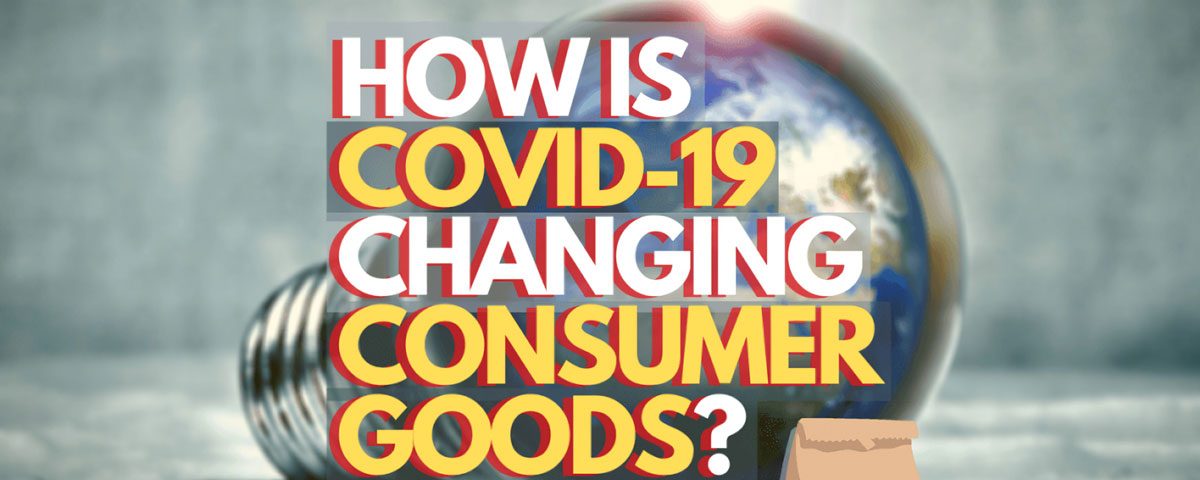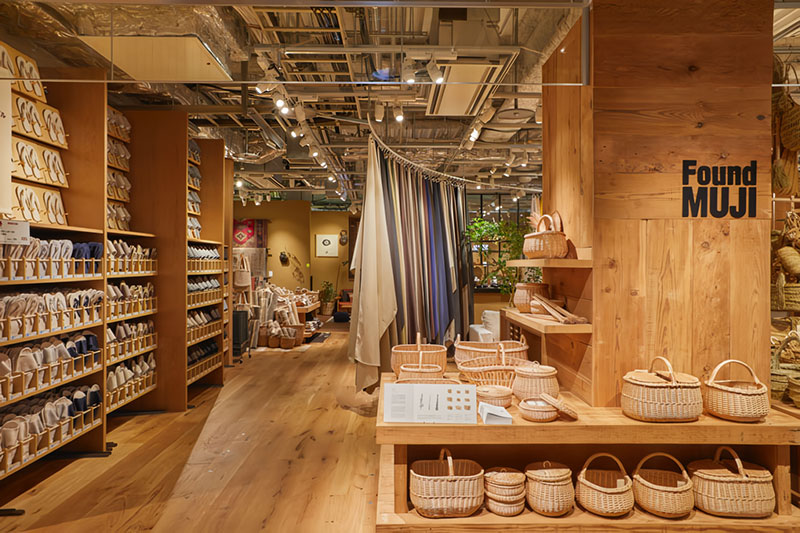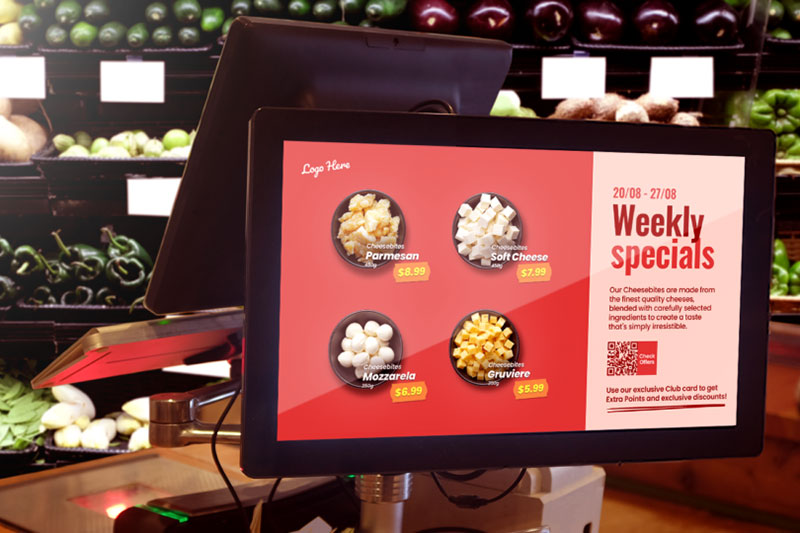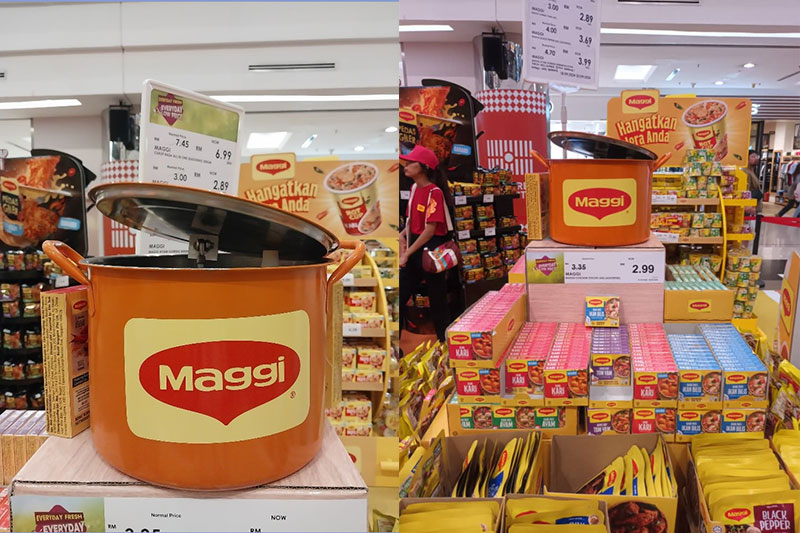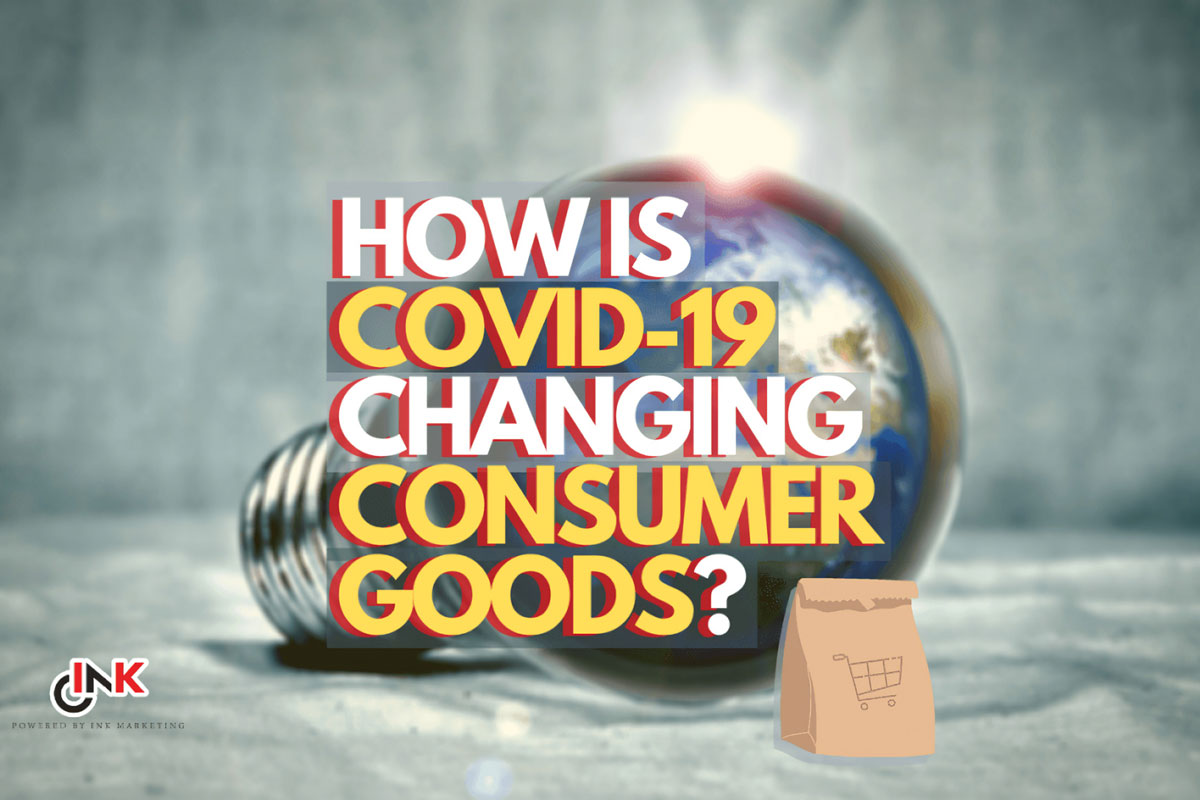
In Brief:
- Food and Beverage Consumer Goods are taking over Asia
- Brands are narrowing product focus
- Below-the-line strategies to leverage the situation
Amidst Covid-19’s breakout, many fled to supermarkets in panic, clearing stocks off shelves like ice cream on a hot afternoon. Of all industries affected by the pandemic, Consumer Goods have shown no signs of slowing down. Necessity items such as Packaged Foods, Beverage and Household care has been studied to have significant growth. In this article, we explore the impact of Covid-19 on the Consumer Goods Industry and how marketers can adapt accordingly.
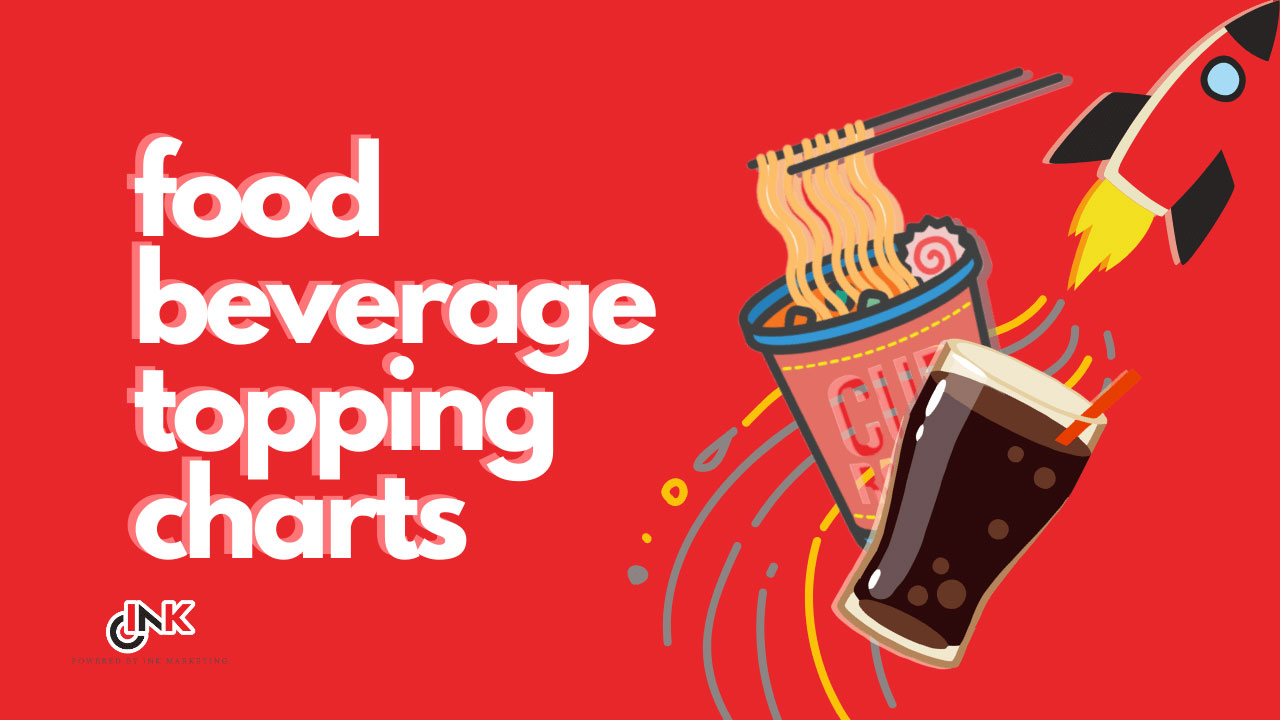
Food & Beverage Products Topping the Charts
According to a study, Big Brands are taking over Asia, with top FMCGs’ showing an increase in category growth rates – especially in South East Asian Countries, such as Malaysia, Vietnam, Thailand and Indonesia.
Both Malaysia and Korea had their Top Ten brands listing being completely dominated by Food and Beverage FMCG Brands. Korea initially had a proportion taken by personal care and beauty products.
The shift in consumer spending comes to no surprise, as household budget tightens, the consumer’s main priority will be focused on Necessities.
In terms of product choices, Health and Convenience were the two main considerations. In relevance to Health, Consumers’ are directing spending to products with natural, organic and immune boosting ingredients. As for convenience, consumption in canned goods, instant noodles, snacks and bottled beverages have gained popularity.
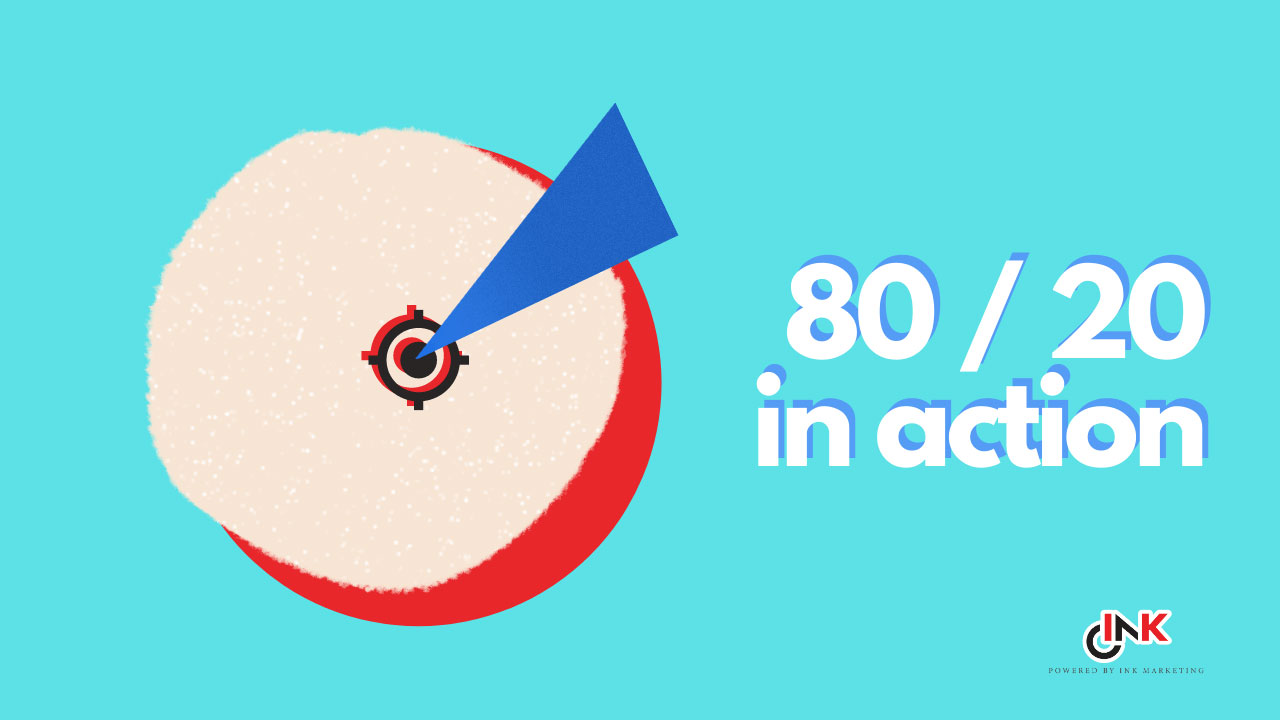
80/20 in Action
The Pareto Principle, also known as the 80/20 rule, dictates that 80% of results are generated from 20% of efforts. In a situation such as this, marketers of many major brands have made the conscious decision to direct their marketing efforts to products with the highest demands.
In Malaysia, shoppers have resorted to cheaper options of products. The generic best-sellers remain the top pick for many shoppers. This is probably due to the rise of unemployment and pay cuts among the population. In states of crisis, value and pricing have become a huge factor in purchase decisions.
Narrowing Down SKUs’
According to Forbes, CEO of Pepsico commented on halting productions on a fifth of their products, in efforts to focus on top performing products. Hershey’s Co, Heinz and Coca Cola has also resorted to similar strategies in reducing SKUs to cater for production of profitable products.
Due to the surge in consumer demands, Consumer Goods companies have to streamline production to prioritize the best-sellers.
Narrowing Marketing Strategy
Apart from the reduction in SKUs’ production, some brands have shifted to a more focused marketing strategy.
In a recent study, Singapore’s Circuit Breaker has resulted in consumption to increase in supermarkets, as most convenience stores have shortened operating hours. Noticing the shift in this, MARS Wrigley’s with the help of DKSH shifted focus to their best performing markets.
Through the use of in-store promotional activities and Point of Sales Displays, MARS doubled-down on their most profitable markets. Profits increased for the following quarter as a consequence of this revision in marketing strategy.
Laser Focused POSM Strategy
The shrinking of consumer spending has caused many marketers to narrow focus in terms of product and strategy. In doing so, Point of Sales Displays or Product Displays used for in-store marketing has to be strengthened. With every major FMCG fighting to claim market share, an eye-catching, head-turning POSM can make a huge difference in your product’s sales turnovers.
“Social distancing has shoppers wanting to get in and get out of the grocery store.”
-Forbes
With less time spent in stores, shoppers no longer have the luxury of sifting through labels and making careful calculated decisions on their grocery purchase. Factors such as crowd control and exposure risk are shortening the time shoppers spend in the supermarket and grocery stores. No one wants to be in a crowd, opening themselves up to potential infections, people are limiting the time they spend in public places.
Investing in powerful product displays will guide shoppers to your products, trigger purchase intent and have them checking out with it – in the shortest possible time. No amount of convincing can trigger impulse buys as effectively as a magnificent Standee or Block Display.
With a narrower product range to focus on, marketers can focus BTL marketing efforts towards the top performing SKUs. Rather than a small range of product displays for many different SKUs, trade marketers now have the privilege to produce multiple displays for a single product.
Where in the past, Brand A could only produce a standee for each of its SKU. Now, the brand can employ an abundance of product displays for one single SKU. Allowing for more room to cross-merchandise, with the use of Hangsells, Table-Top Displays and Chiller Parasites. Your point of purchase displays will catch the shoppers at different moments in their decision making cycle – increasing the likelihood of conversions.
Strike while the iron is hot.
With your products selling like hotcakes and brands deciding to cut under-performing SKUs, it’s tempting to lay back and relax.
However, we feel that the Consumer Goods industry is experiencing the greatest opportunity of the decade.
Rise to the occasion.
Discuss with your superiors, your team and maybe even the POSM specialists – INK Marketing. Now is the time to bring out the big guns – that over-the-top, gravity-defying, LED-lighted block display you’ve been dreaming of. Make it a reality.
Speak to us, drop us an email or a call. With all the change happening in the consumer goods industry, we’re as excited as you are.

